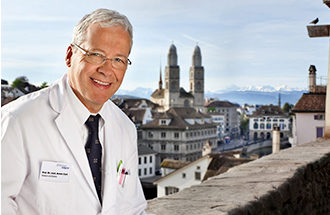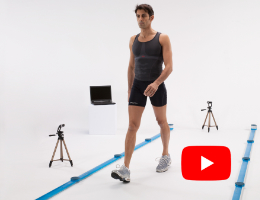What are your requirements?
- Would you like to assess and retrain your patients’ gait ability and/or postural stability objectively, under conditions relevant to daily life?
- Do you need to conduct a clinical analysis efficiently, and within minutes have the ability to discuss the results with your patient or other professionals?
- Do you see the potential to use Virtual Reality technology to improve the rehabilitation for your orthopaedic or neurological patients?What solutions do we offer?
What solutions do we offer?
- We have everything from simple single-camera assessment systems that can be used almost everywhere, to high-end 3D motion capture systems with integrated force and EMG measurements – also with the option of customized Virtual Reality environments.
- Our systems enable you to measure and perform an analysis of important clinical parameters within seconds – even an extensive measurement session involving multiple devices and protocols can be fully automated, which enables you to focus on interpreting the data rather than the technology itself. Our expertise includes the customization of protocols to suit your own requirements and ideas.
- All measurements are done in real time, which means that many situations that commonly occur in daily life can be simulated (for example dual tasks, stumbling or negotiating obstacles), and the motion patterns and reactions from the patients can be measured and assessed directly, which again improves outcomes.
- Have a look at the FAQ at the bottom of this page for more questions and answers!














